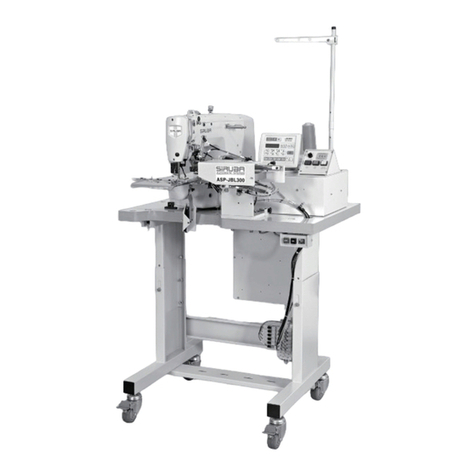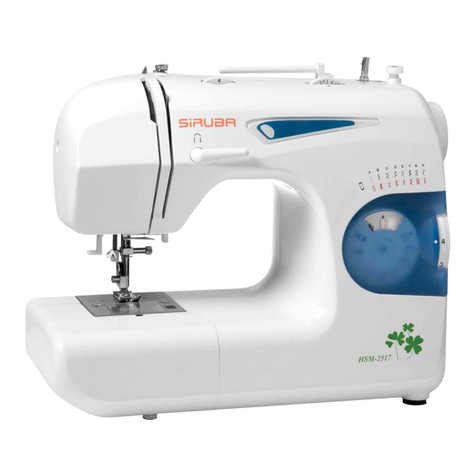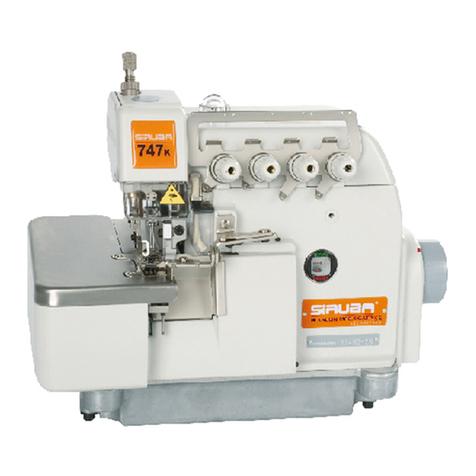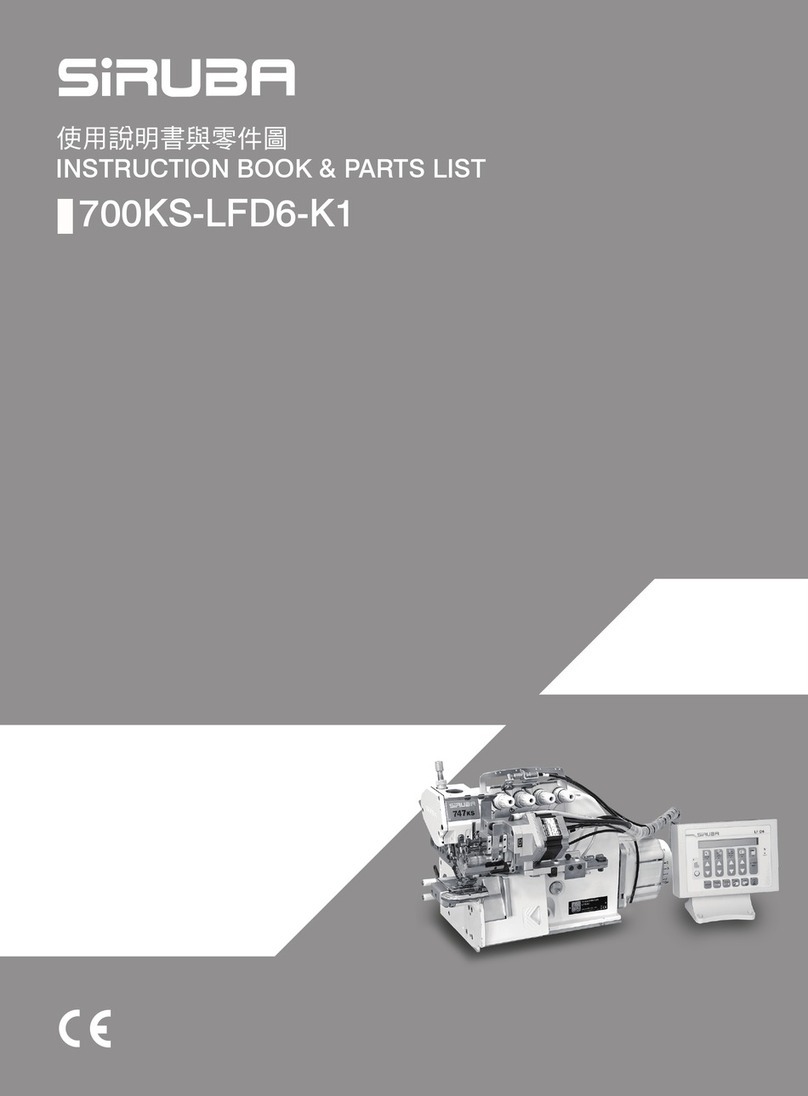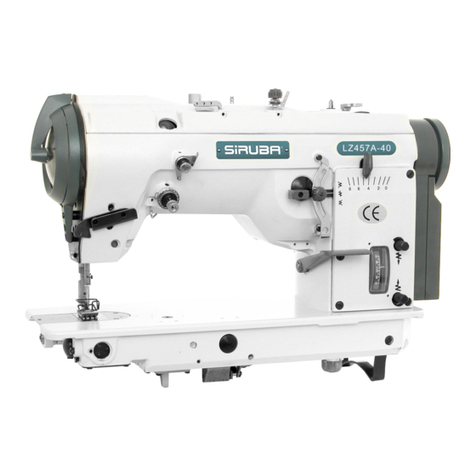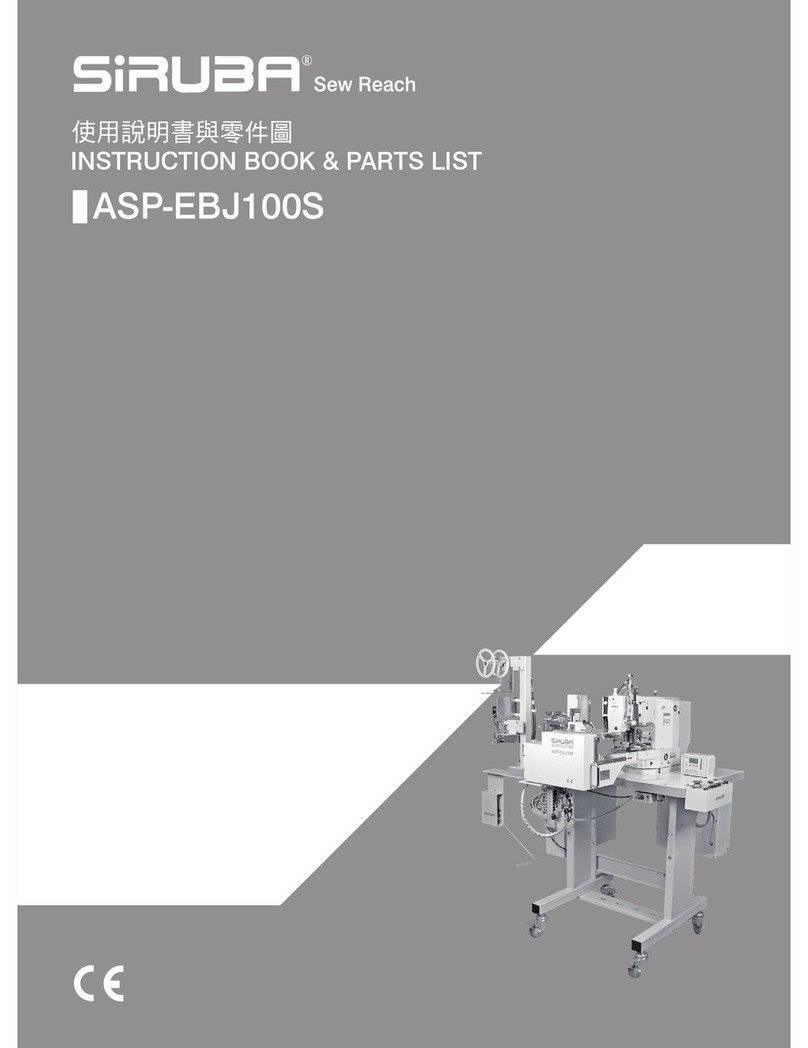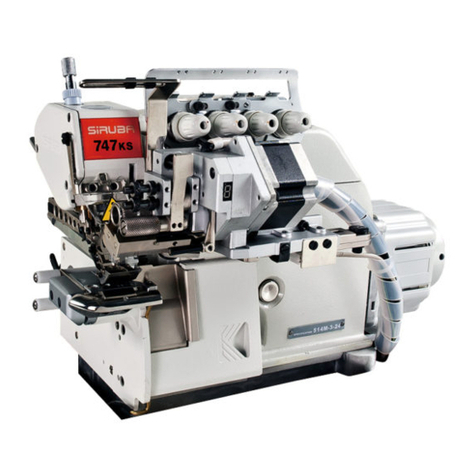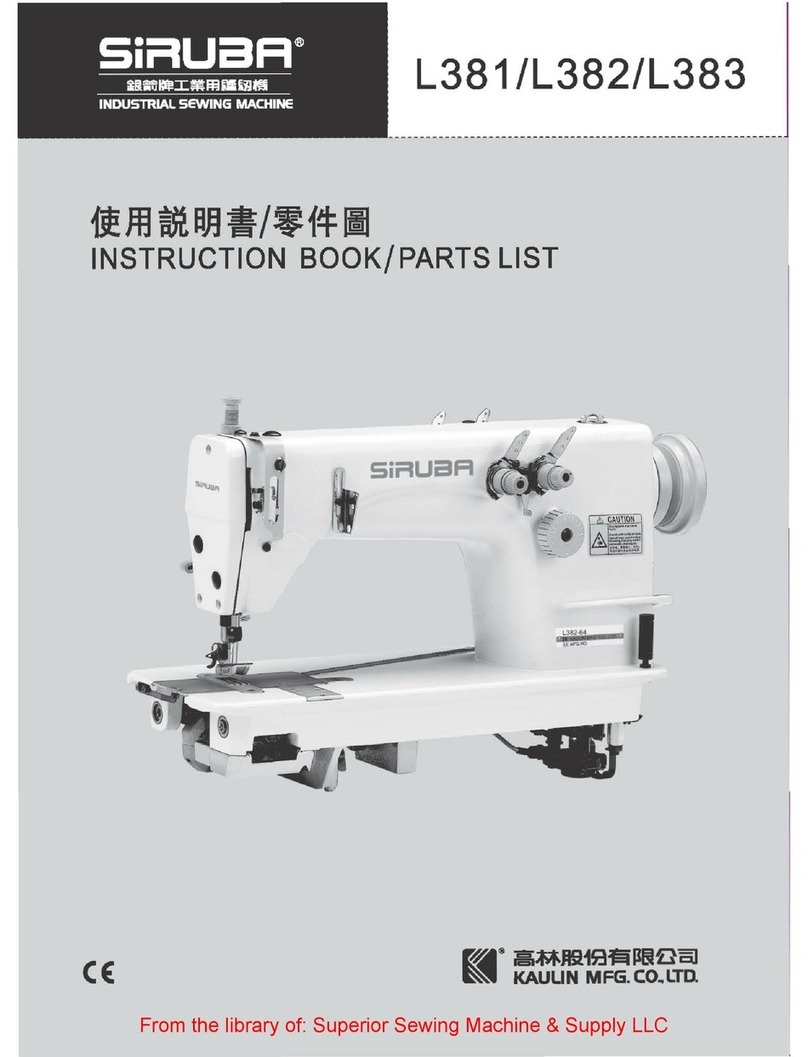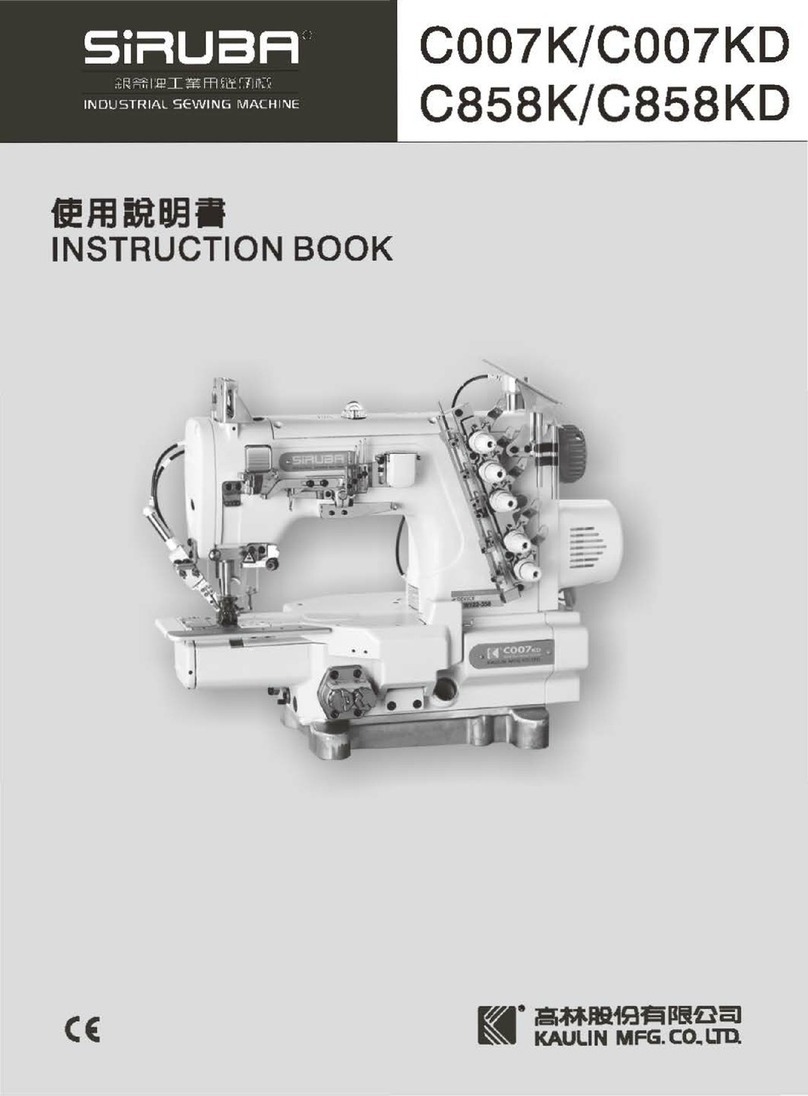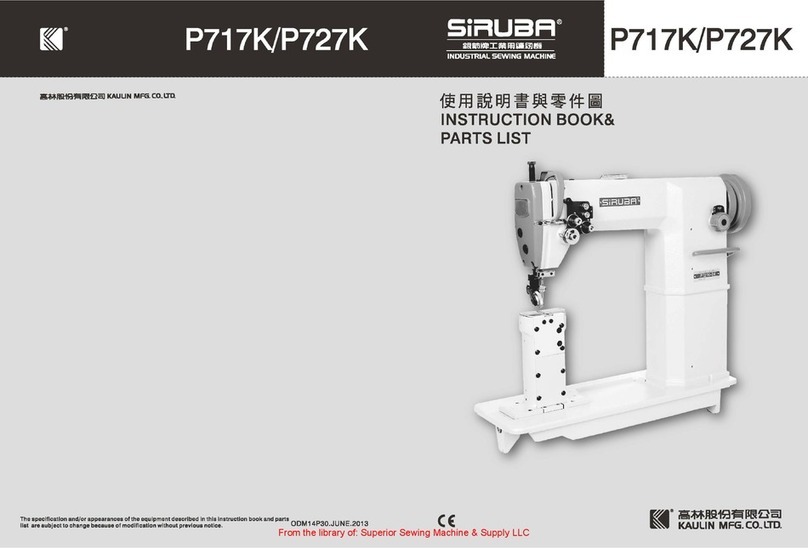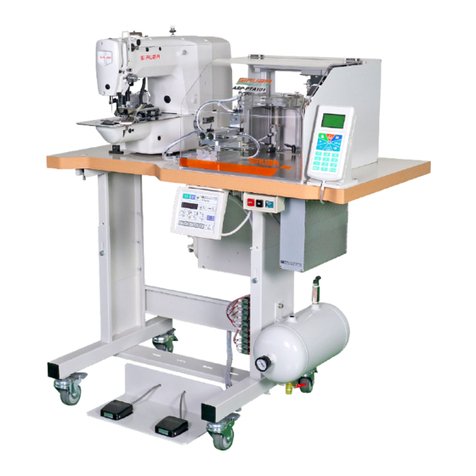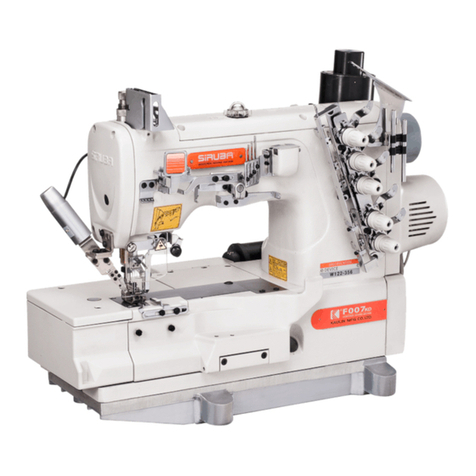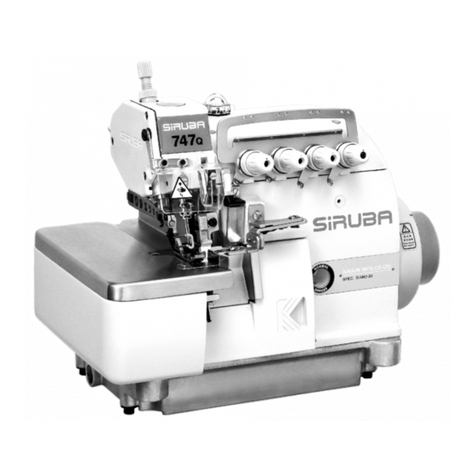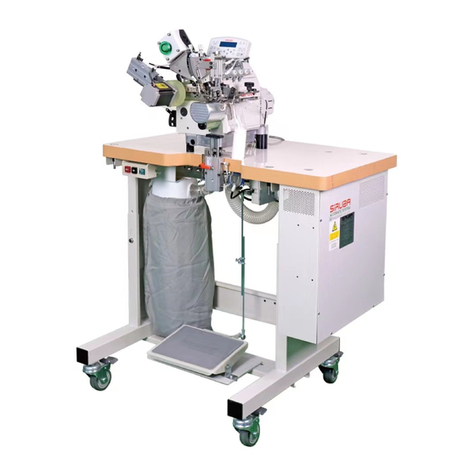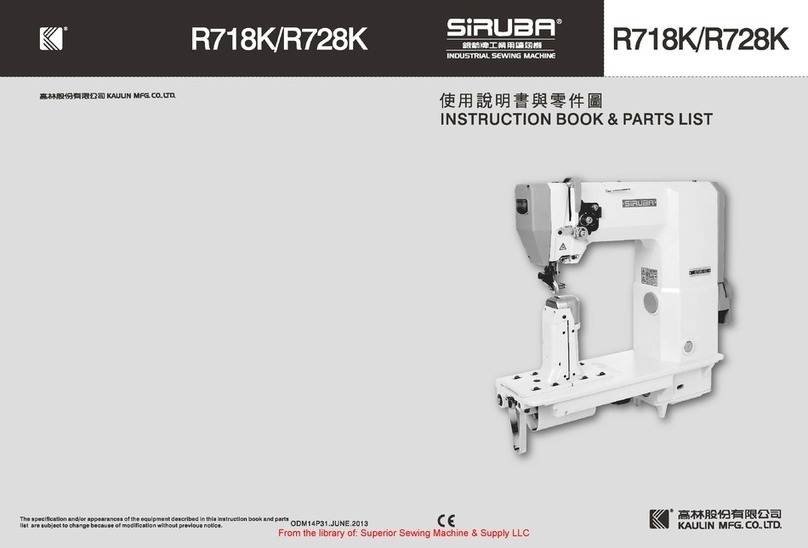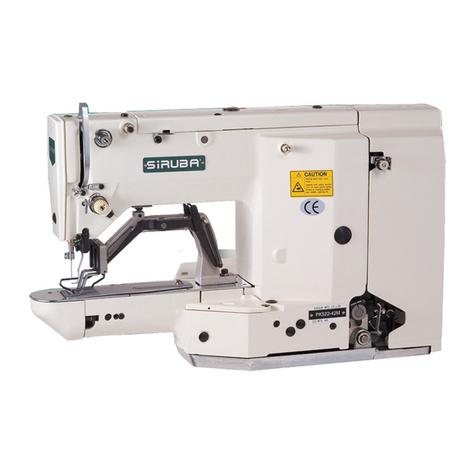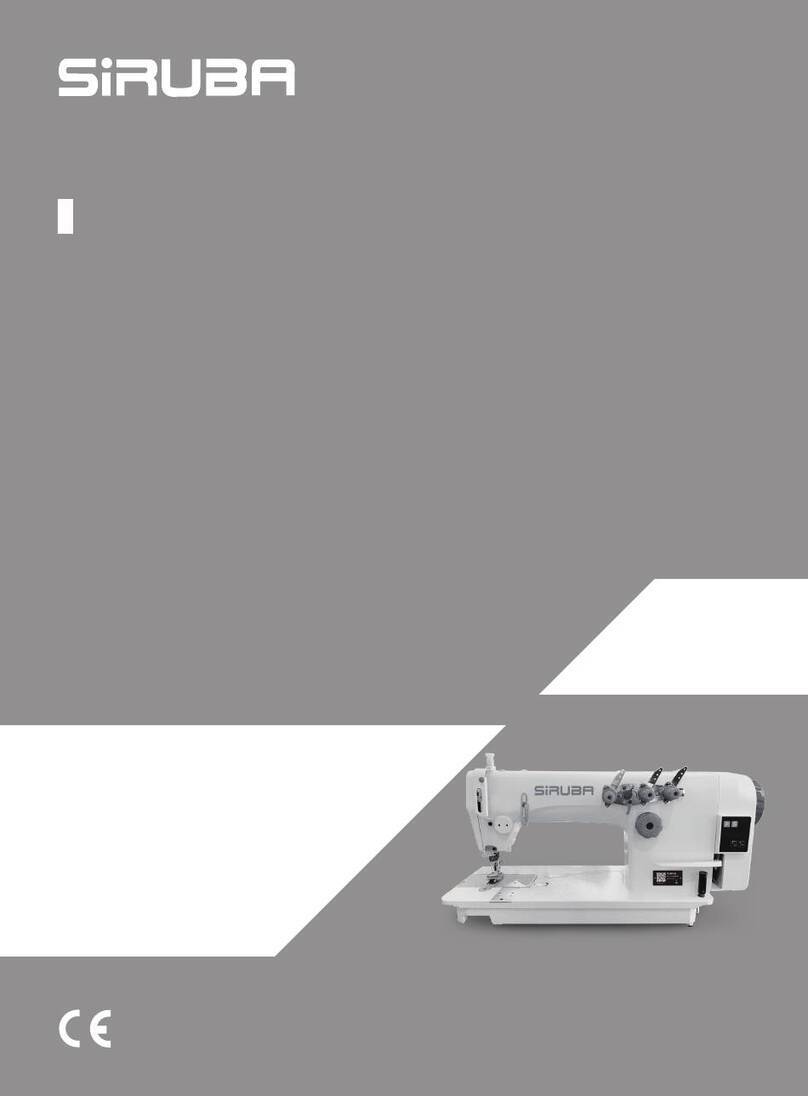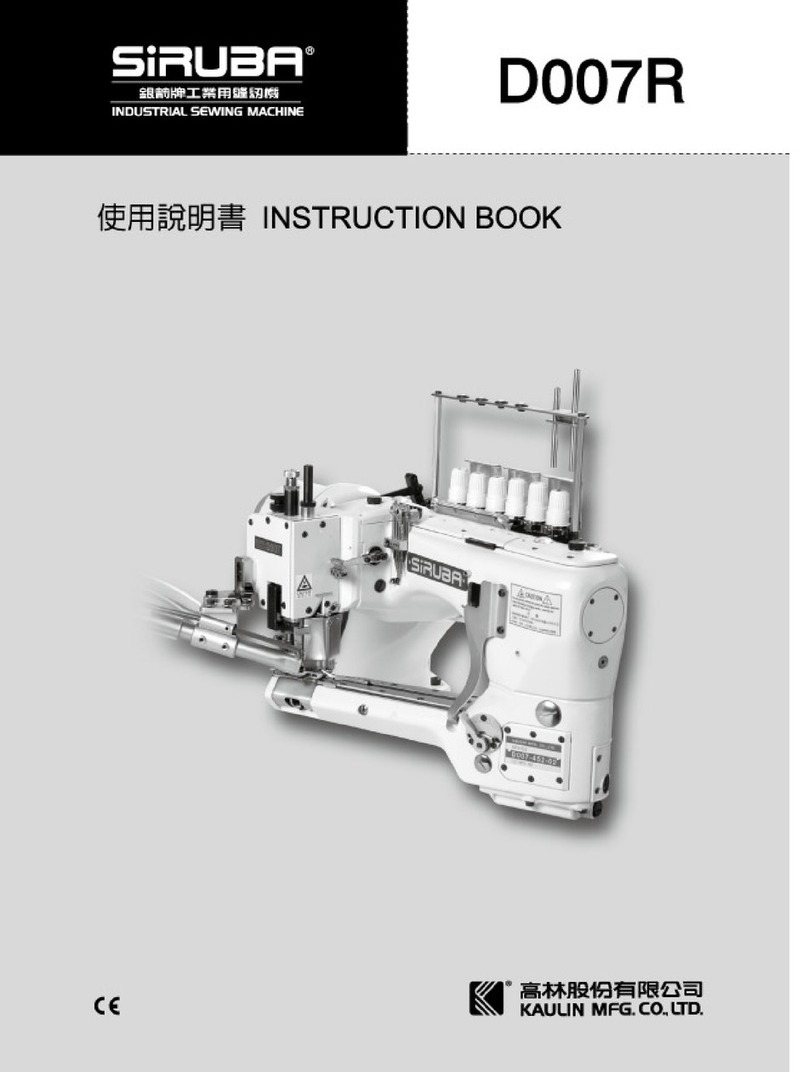CONTENT
Principal parts of the machine .............................................................................................................................3
Accessories ......................................................................................................................................................... 4
Power, switch ...................................................................................................................................................... 5
Removing extension table ................................................................................................................................... 5
Accessory box ..................................................................................................................................................... 5
Levelling the machine.......................................................................................................................................... 6
Replacing needle................................................................................................................................................. 6
How to remove and attach the shank.................................................................................................................. 7
Replacing presser foot ........................................................................................................................................ 7
Winding the bobbin........................................................................................................................................... 8-9
Inserting and remove the bobbin...................................................................................................................10-11
Threading upper thread...................................................................................................................................... 12
Automatic needle threader ................................................................................................................................. 13
Drawing up bobbin thread .................................................................................................................................. 14
Adjusting thread tension..................................................................................................................................... 15
Bobbin thread adjustment .................................................................................................................................. 16
Adjusting tension for zigzag and embroidery ..................................................................................................... 16
Fabric -Thread - Needle - Table ......................................................................................................................... 17
Sewing (pattern selector) and operation table .............................................................................................. 18-20
Operation buttons............................................................................................................................................... 21
Reverse button ................................................................................................................................................... 22
Pattern operation instruction .............................................................................................................................. 22
Twin needle operation instruction....................................................................................................................... 22
Zigzag non-section operation instruction ........................................................................................................... 23
Stitch length non-section operation instruction .................................................................................................. 24
Display the zigzag width operation instruction ................................................................................................... 25
Display the stitch length operation instruction.................................................................................................... 25
Start to sewing.................................................................................................................................................... 26
Error correction................................................................................................................................................... 26
Straight stitches .................................................................................................................................................. 27
Zig-zag stitch ...................................................................................................................................................... 27
Free arm sewing................................................................................................................................................. 27
Seam finishing.................................................................................................................................................... 27
Transfer sewing direction ................................................................................................................................... 28
Stitch balance dial .............................................................................................................................................. 28
Overcasting sewing ............................................................................................................................................ 29
Straight stretch stitch .......................................................................................................................................... 29
Three step zig-zag stitch .................................................................................................................................... 29
Blind stitch ...........................................................................................................................................................30
Buttonhole sewing ...............................................................................................................................................31
Zipper sewing ......................................................................................................................................................32
Hemming .............................................................................................................................................................33
Quilter guide ........................................................................................................................................................33
Button sewing......................................................................................................................................................33
Cleaning and oiling..............................................................................................................................................34
Oil inside of the face cover..................................................................................................................................35
Removing and replacing the bulb........................................................................................................................35
Fault finding chart...........................................................................................................................................36-37
